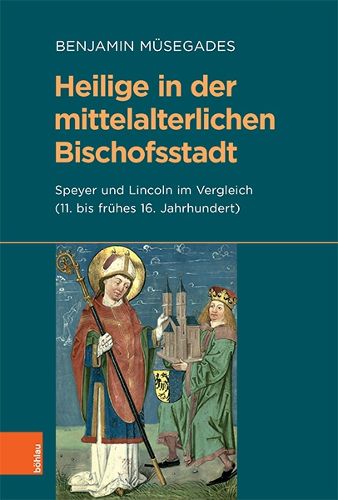Readings Newsletter
Become a Readings Member to make your shopping experience even easier.
Sign in or sign up for free!
You’re not far away from qualifying for FREE standard shipping within Australia
You’ve qualified for FREE standard shipping within Australia
The cart is loading…






Saints were omnipresent in the Middle Ages. As patrons of churches and communities, in pictures or through their relics, they could be experienced by the entire spectrum of society. This can be observed particularly densely in urban areas of the High and Late Middle Ages. Using the example of the episcopal cities of Speyer and Lincoln, processes of appropriation by and identity creation for corporations such as cathedral chapters are shown in a German-English comparison based on saints and their cults , Council and brotherhoods as well as individuals in urban space examined. Performative acts such as foundations, processions and conflicts are also examined in this context. For the period from the 11th to the early 16th century, a pan-European phenomenon is classified comparatively.
$9.00 standard shipping within Australia
FREE standard shipping within Australia for orders over $100.00
Express & International shipping calculated at checkout
Saints were omnipresent in the Middle Ages. As patrons of churches and communities, in pictures or through their relics, they could be experienced by the entire spectrum of society. This can be observed particularly densely in urban areas of the High and Late Middle Ages. Using the example of the episcopal cities of Speyer and Lincoln, processes of appropriation by and identity creation for corporations such as cathedral chapters are shown in a German-English comparison based on saints and their cults , Council and brotherhoods as well as individuals in urban space examined. Performative acts such as foundations, processions and conflicts are also examined in this context. For the period from the 11th to the early 16th century, a pan-European phenomenon is classified comparatively.